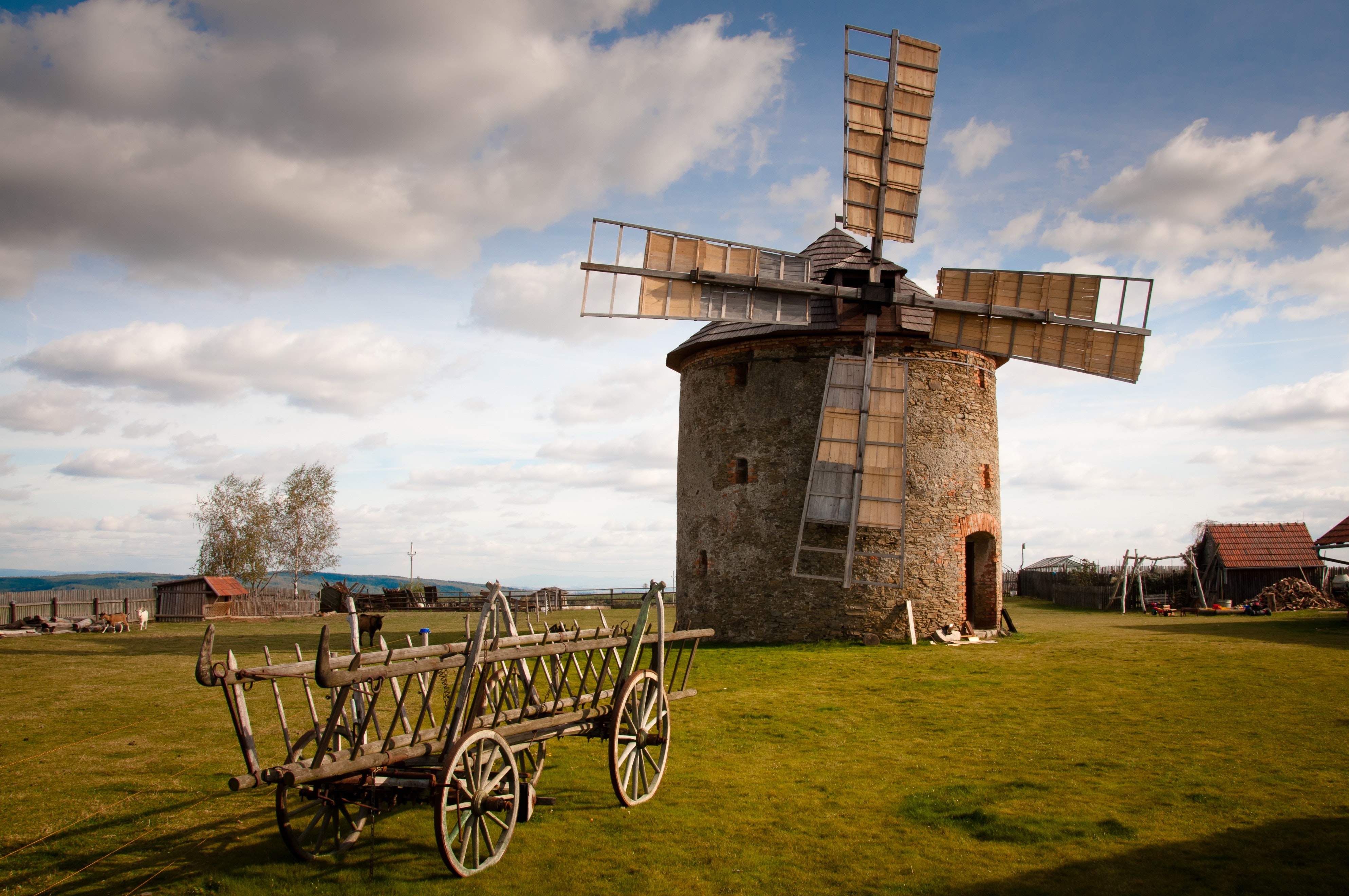We had just presented the digital maturity assessment findings to the IT project manager. The assessment hadn’t painted a flattering picture. The headline was, none of the people ‘in the business’ knew how to use any of the smart CRM functionality into which the IT department had poured millions.
After a tense pause, the client responded. “Okay, that’s good,” with a big smile, “actually next month we’re going to be rolling out Progressive Profiling on our CRM platform. We’ll be able to do more digitally mature things.”.
A look of confusion creeps onto everyone’s face. “Your digital maturity is low because of your people’s capability, not IT. We don’t think anyone will know how to use Progressive Profiling.”
I thought he understood me, but without skipping a beat, he gleefully announced, “We also want to launch social listening tools in Q1 next year.”
Everyone in the room was dumbstruck. We had just said the problem wasn’t the technology and the answer was, “We need more technology!”. The adage of rearranging the deck on the Titanic crept into everyone’s mind simultaneously – or in this case, upgrading the engine while the ship’s going down.
Innovation vs Evolution vs Transformation
Business transformation is not a new concept despite all of the noise right now, neither are the problems surrounding it. In fact, it’s been happening for centuries. The horizons of transformation have been consistent:
- Innovation: It starts with a new, innovative technology or way of doing something
- Evolution: The technology is plugged into the current way of doing things
- Transformation: Eventually, the innovation is truly understood, and the technology is used to change how things are done fundamentally

Consider a factory of the 17th century. A wind turbine would be used to rotate a shaft to spin weaving equipment. Workers in the factory still needed to do much manual work to load, transfer, or refine the materials and production.
- Horizon 1 — Innovation: Electricity is invented.
- Horizon 2 — Evolution: An industrious factory owner sees how electricity can be transformative to their business. They replace the wind with electricity. So now they burn coal, to steam water, to turn a turbine, to generate electricity, to power a motor to spin a turbine to rotate the weaving devices. They marvel that the factory can stay open for 24 hours a day.
- Horizon 3 — Transformation: There’s a slow realisation of the full transformative impact of the innovation – use electricity on the ins and outs of the factor. The real transformation is using electricity to automate all of the individual weaving devices directly and to get rid of the turbine completely.
Which horizon are we in today?
In 2018, 62% of CEOs had an initiative or transformation program to make the business more digital. Gartner estimates that CIOs in Asia Specific have spent $49 billion in IT spend and 61% of CEOs will increase IT investments.
Yet, less than half of CEOs (48%) see their organisation as a technology leader in their industries. Moreover, less than 10% of CEOs globally say they are ‘extremely satisfied’ with their organisation’s ability to innovate.”
Most CEOs, want to be doing transformation and yet they’re struggling to innovate and evolve in a meaningful way.
In short, we’ve invested in electricity, yet we don’t feel the impact of electricity.
So what’s going on?
It’s clearly not about technology. Everyone is installing the same technology, in the same way.
Every company working with a technology implementation partner has asked the vendor for their credentials of where they’ve done it before, in their particular industry, in their particular market.
If everyone has access to the same technology, how can it be a source of differentiation or competitive advantage?
Organisations have effectively bought the technology equivalent of a Ferrari but then don’t know how to drive it.
If you want unusual results, you have to do unusual things, or do the usual in an unusual way.
Moving from evolution to transformation

1/ Map the impact of the innovation and technology across all aspects of your business starting with the end customer.
2/ Reimagine how you could fundamentally change each aspect of your organisation from customer to channel, to go to market, offerings, and capabilities
3/ Now consider the best way for you to innovate and transform. The 5 Ways To Innovate framework from Amer Iqbal is a great practical step.

References:
Article from Sharpspring explaining Progressive Profiling
https://sharpspring.com/blog/what-is-progressive-profiling/
Gartner — Gartner Survey Reveals Asia/Pacific CIOs Leading Adoption of Disruptive Technologies
Forbes — Tech Innovation Requires Executives To Overcome Resistance To Change
AmerSpeaks – The 5 Ways To Innovate